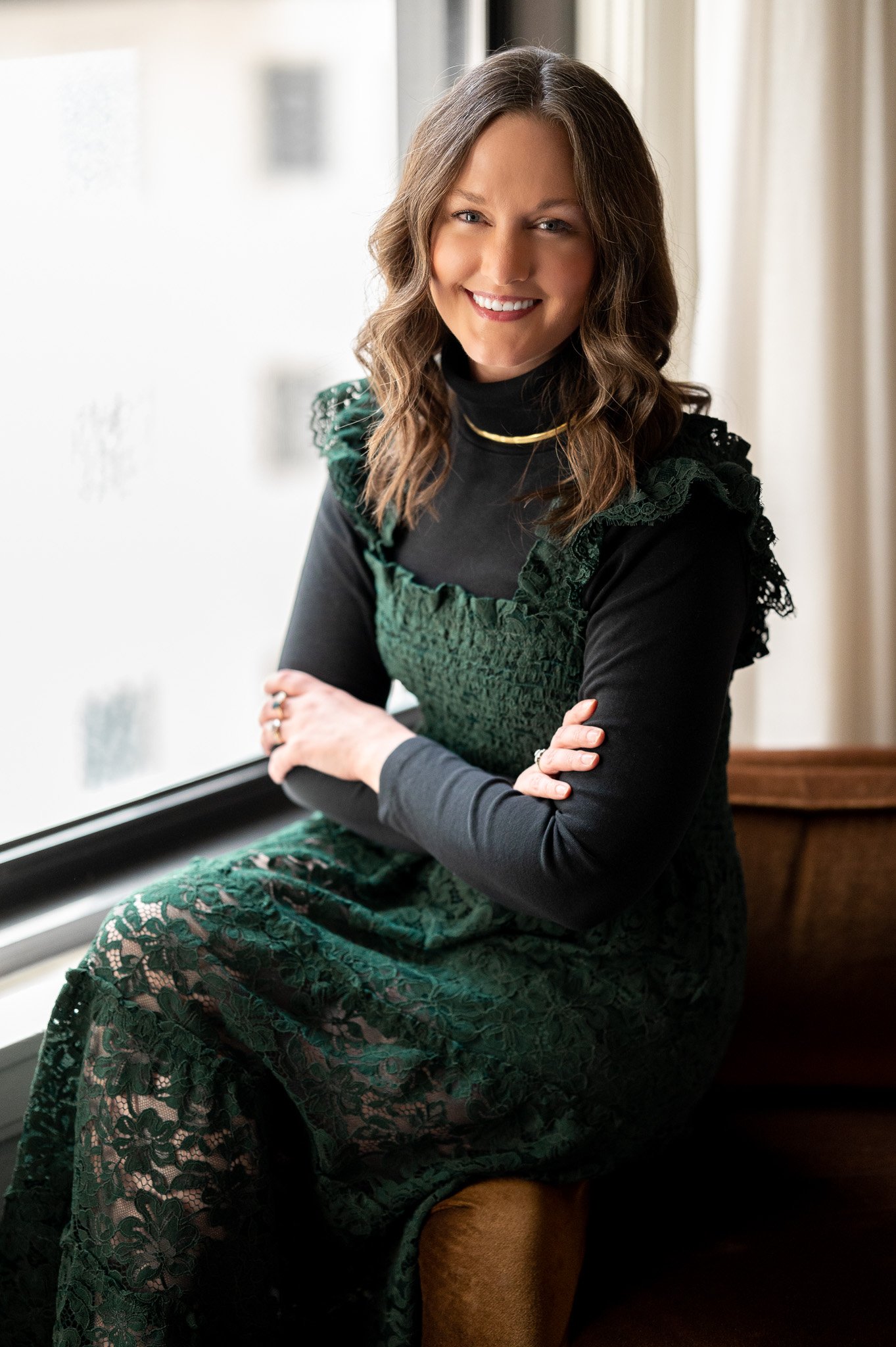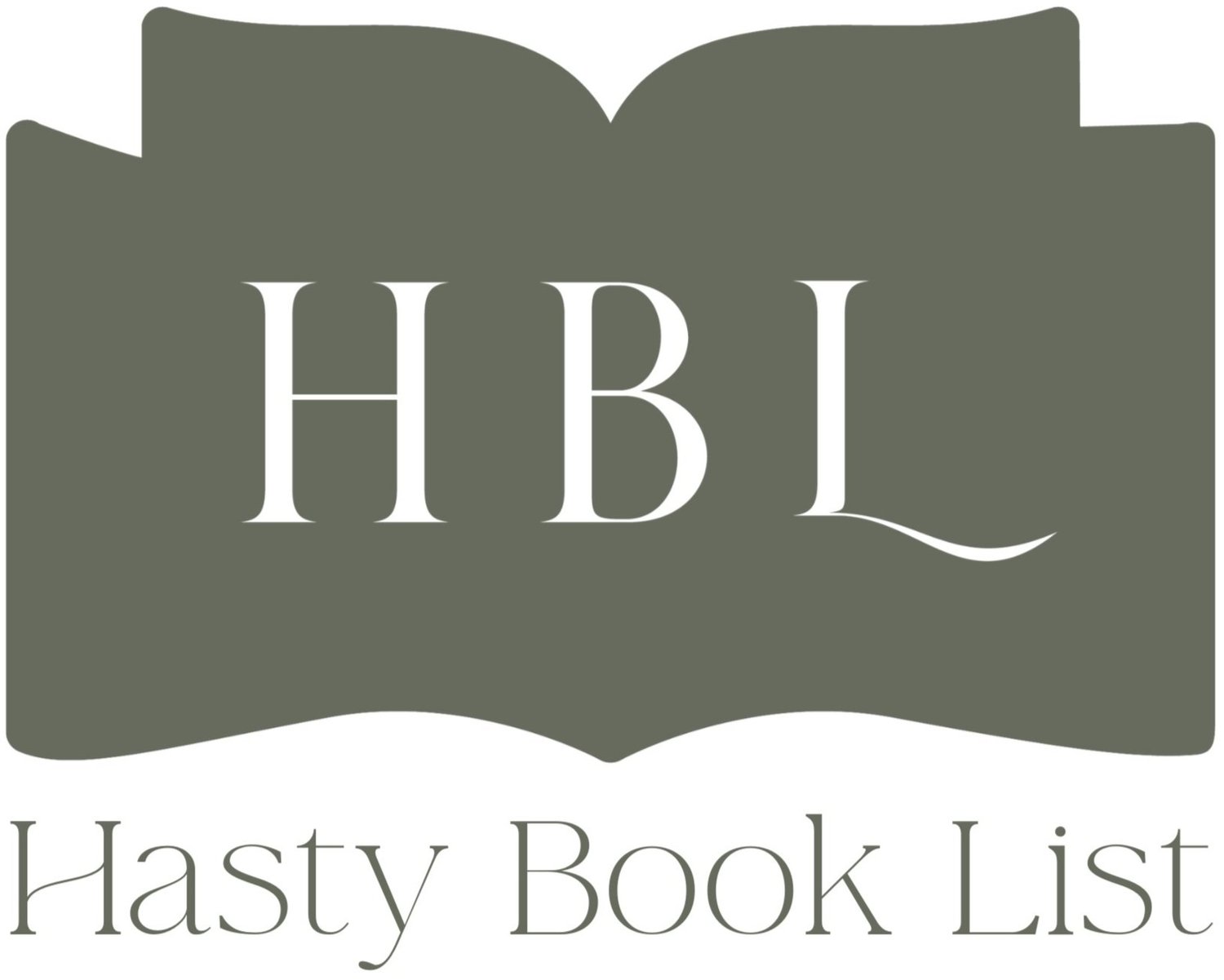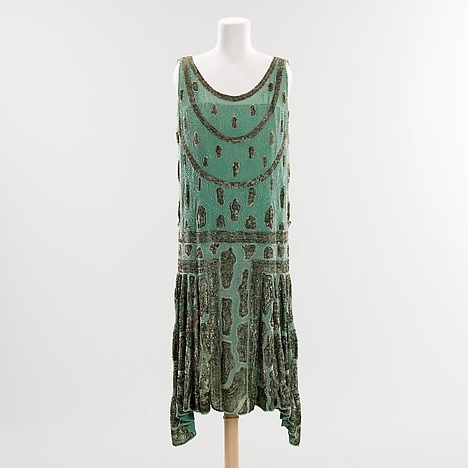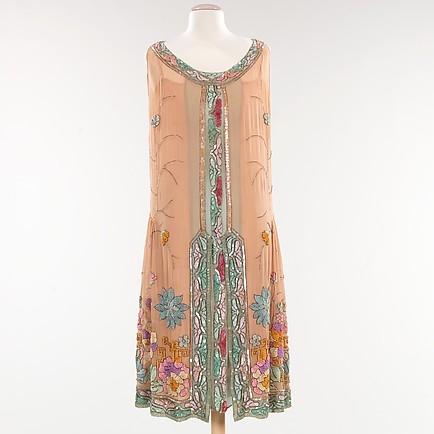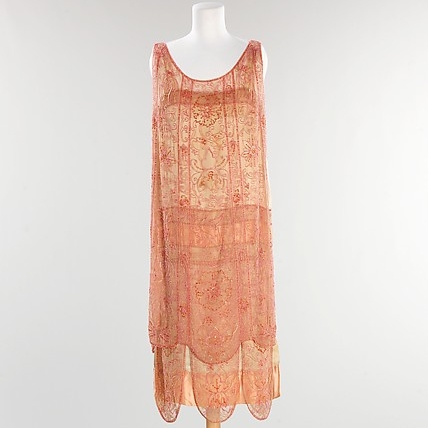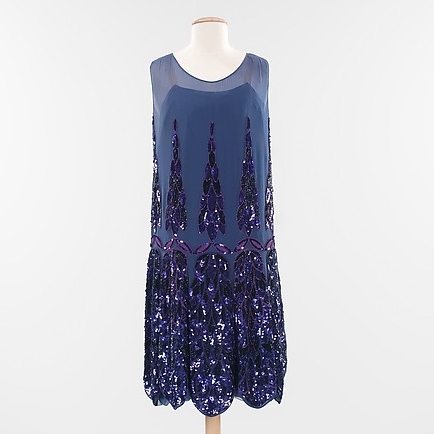Becoming Bonnie
Book Review - Becoming Bonnie by Jenni L. Walsh
I say this in almost all of my reviews of historical fiction books, but I think the indicator of a quality historical fiction book is whether it inspires the reader to learn more about the subject. Becoming Bonnie by Jenni L. Walsh definitely made me want to learn more about Bonnie Parker and her partner-in-crime, Clyde Barrow. Even before I had finished the book, I was googling Bonnie and Clyde to see how the book matched up to other historical accounts of this infamous duo.
The author took a number of creative liberties in telling Bonnie's story, adding in quite a few fictional details that were key to the story. If I'm honest, I was disappointed to hear all the things that were made-up by the author. However, the author does a great job identifying those details that were true and those that were not in the author's note at the end of the book. So the story wasn't necessarily historically accurate, but the details the author added did make it a compelling and entertaining story. And there just isn't that much known about Bonnie Parker's background, so in many cases the author had to make up details because the information just isn't out there. So I'm giving this book 4 out of 5 stars since there are major parts of the plot that were completely made-up by the author but also because the story was so fun to read!
Becoming Bonnie focuses on Bonnie Parker's background, the story leading up to the moment she decides to become Clyde's partner and girlfriend. In this book, Bonnie and Blanche are best friends attending high school. Bonnie is known as Saint Bonnie Lynn, a singer in the church choir and a dedicated student with dreams of becoming a teacher. Blanche, however, is a bit of a wild spirit and she convinces Bonnie to get a job at a Speakeasy, where Blanche falls in love with Buck Barrow (Clyde's brother.) Bonnie is dating and ultimately marries her high school sweetheart, Roy. So how does Saint Bonnie Lynn become the second half of a criminal duo known as Bonnie and Clyde? You'll have to read Becoming Bonnie to find out!
#FashionHistorybyDrHasty
I can't let the opportunity to write about fashion history pass me by. And everyone loves a good flapper dress! The flapper style is identified by the lack of curves, the ideal body shape was that of a young boy: flat chested and straight hips. The hemlines were raised during this time period and the waistline dropped to just above or at the hips. The handkerchief hemline as illustrated in the green dress was very popular during this time, as were scalloped edges illustrated in the blue and peach dress. I particularly loved the art deco details in the peach dress adorned with flowers, the art deco movement was in high fashion during the 1920s. At one point in the book Bonnie talks about making her own dress, sewing sequins on the hemline and scooping the neck lower than she was used to. The dresses pictured here would have been worn by much wealthier women, Bonnie grew up very poor.
I'll leave you with this video of Helen O'Connell singing Ain't Misbehavin' (I'm Savin' My Love for You) - in the book, Bonnie sings this song the first time she performs on stage at the Speakeasy. The words spoke to her and help her make an important life decision. The song was originally sung in 1929 by Fats Waller.
This post contains affiliate links, which means I receive compensation if you make a purchase using this link. Thank you for supporting this blog and the books I recommend!
